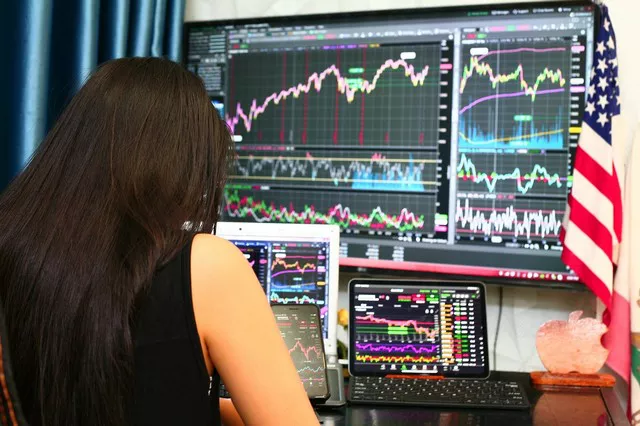Corn futures are financial contracts that obligate the buyer to purchase a specified quantity of corn at a predetermined price and date in the future. These contracts serve as a vital tool for managing price risk in the agricultural sector and play a significant role in the commodities market. Corn futures allow producers, end-users, and speculators to hedge against price fluctuations, capitalize on price movements, and participate in the corn market without physically owning the commodity.
Types of Traders
Hedgers: Producers, such as farmers, and end-users, like food manufacturers, are among the primary hedgers in the corn futures market. Farmers use corn futures to lock in prices for their crop before harvest, providing certainty and protection against potential price declines. Similarly, food manufacturers hedge against rising corn prices by locking in purchase prices through futures contracts, ensuring stable input costs for their products.
Speculators: Individual and institutional traders engage in speculative trading in the corn futures market to profit from price movements. Speculators analyze market trends, economic indicators, and supply-demand dynamics to anticipate future price changes. By taking positions in corn futures contracts, speculators aim to capitalize on price fluctuations and generate profits.
Trading Venues
Corn futures are primarily traded on derivatives exchanges, with the Chicago Mercantile Exchange (CME) being one of the most prominent venues. The CME Group offers various corn futures contracts, including the benchmark Chicago Board of Trade (CBOT) Corn futures contract. These exchanges provide centralized platforms for trading, price discovery, and risk management, facilitating liquidity and efficiency in the corn futures market.
Market Liquidity
The corn futures market is characterized by robust liquidity, with high levels of trading activity and ample participation from market participants. Daily trading volume and open interest serve as key indicators of market liquidity, reflecting the number of contracts traded and outstanding positions. For instance, the CBOT Corn futures contract typically sees substantial trading volume and open interest, providing traders with ample liquidity and price transparency.
Factors Influencing Traders
Traders in the corn futures market are influenced by a myriad of factors that impact corn prices and market sentiment. Economic reports, such as crop production forecasts, inventory levels, and weather conditions, play a crucial role in shaping traders’ perceptions of supply and demand dynamics. Additionally, global events, such as trade disputes, geopolitical tensions, and currency fluctuations, can affect corn prices by influencing export demand and market sentiment.
Trading Strategies
Traders employ various trading strategies in the corn futures market to capitalize on price movements and manage risk effectively. Common strategies include:
Trend Following: Traders identify and follow established price trends using technical analysis indicators, such as moving averages and trendlines, to enter and exit positions.
Spread Trading: Traders take positions in different corn futures contracts or related commodities to exploit price differentials and arbitrage opportunities.
Fundamental Analysis: Traders analyze supply-demand fundamentals, crop reports, and market news to make informed trading decisions based on the underlying factors driving corn prices.
Risk Management
Risk management is paramount for traders in the volatile commodities market, including corn futures. Traders use various risk management techniques, such as stop-loss orders, position sizing, and portfolio diversification, to mitigate potential losses and protect capital. Additionally, hedging strategies, such as using options contracts or spreading positions across different futures contracts, can help traders hedge against adverse price movements and minimize downside risk.
Regulatory Environment
Corn futures trading is subject to regulatory oversight by government agencies, such as the Commodity Futures Trading Commission (CFTC) in the United States. These regulatory bodies enforce rules and regulations to ensure fair and orderly markets, prevent market manipulation and fraud, and safeguard the interests of market participants. Compliance with regulatory requirements, including position limits, reporting obligations, and margin requirements, is essential for maintaining market integrity and stability.
Conclusion
In conclusion, the corn futures market attracts a diverse array of participants, including hedgers seeking price protection, speculators aiming to profit from price movements, and traders employing various strategies to manage risk and capitalize on market opportunities. With its liquidity, transparency, and role in price discovery, the corn futures market plays a vital role in facilitating price risk management and price discovery in the agricultural sector. However, participants must navigate the complexities of market dynamics, regulatory requirements, and risk management principles to succeed in the dynamic and ever-changing world of corn futures trading.


